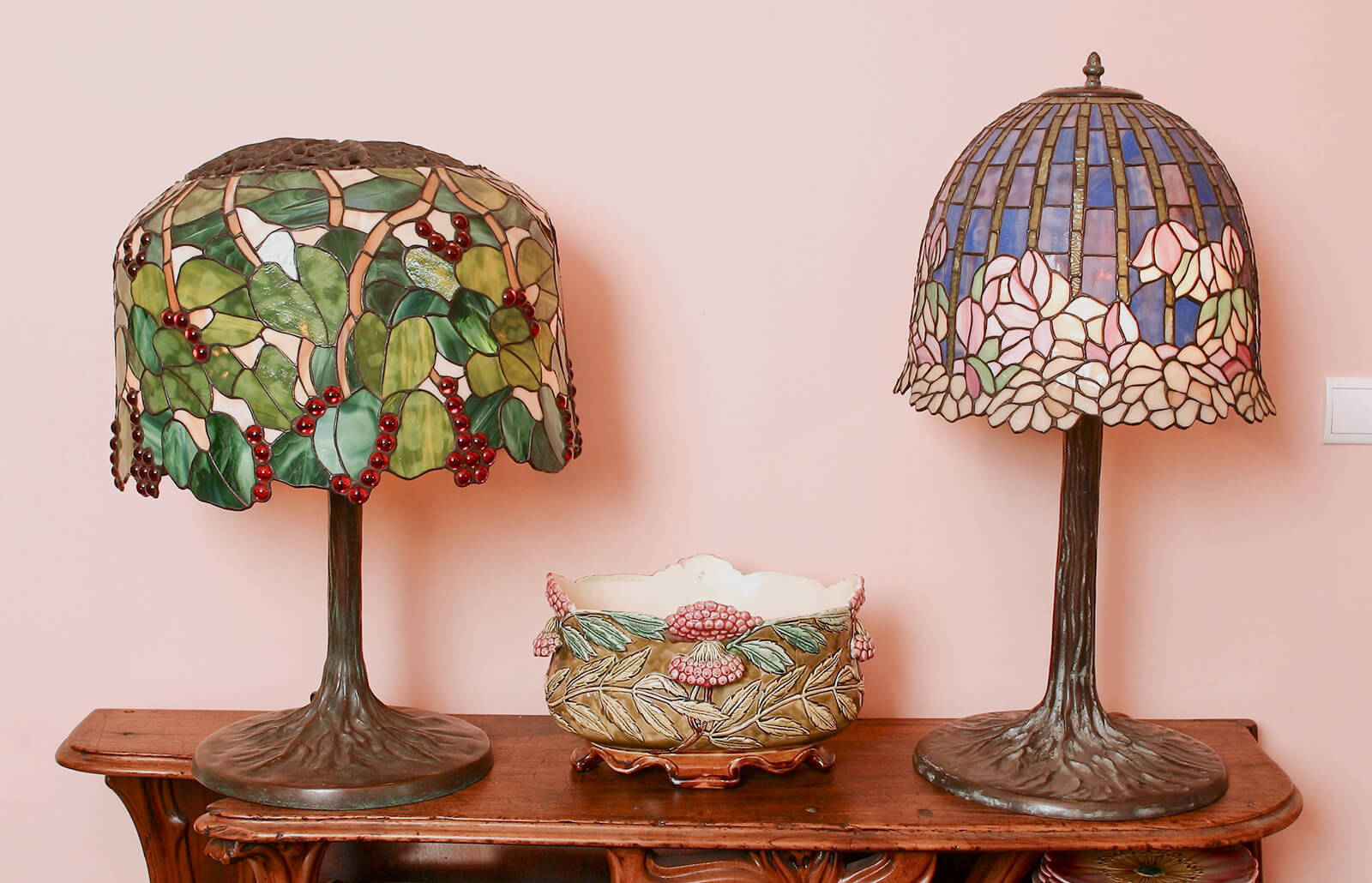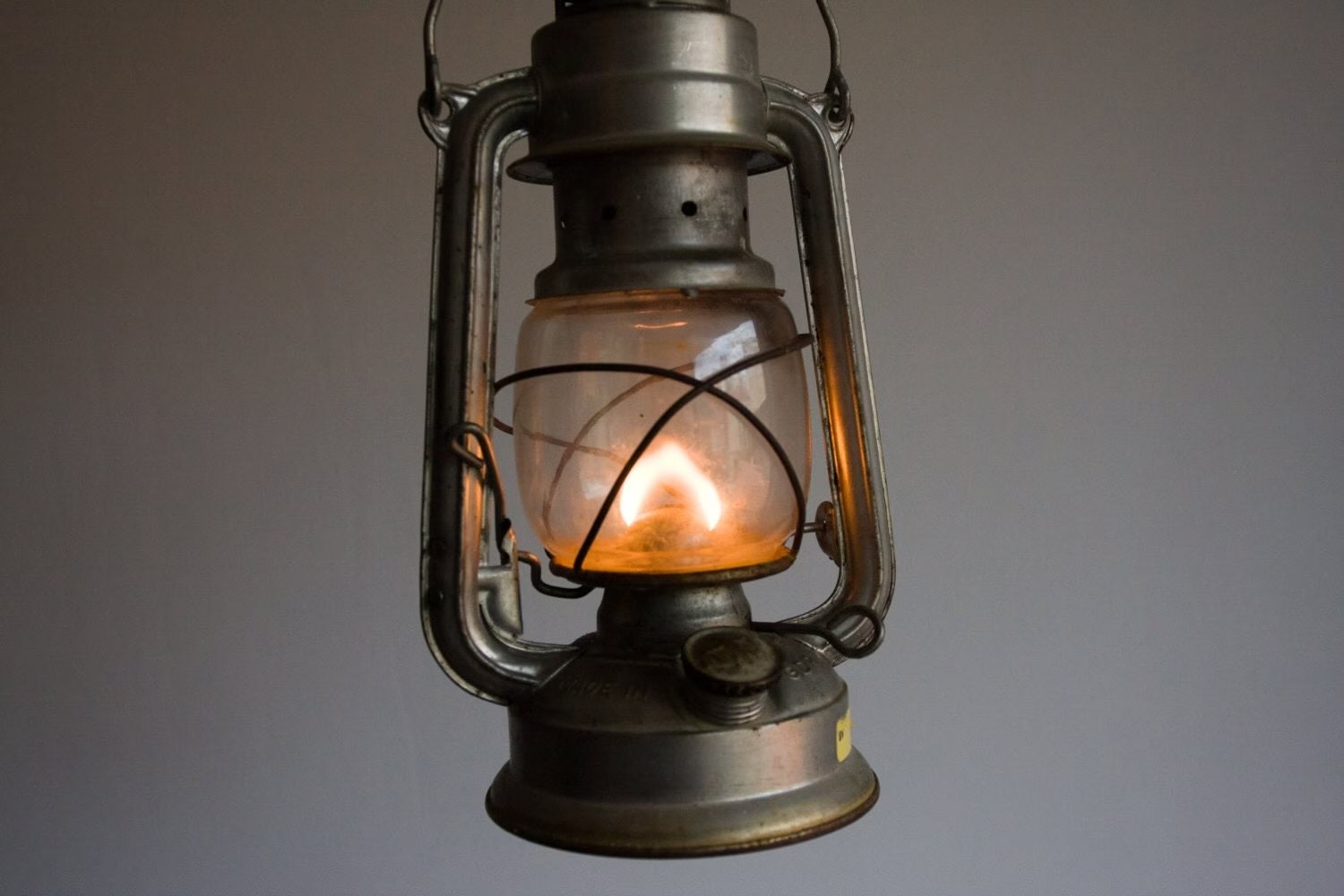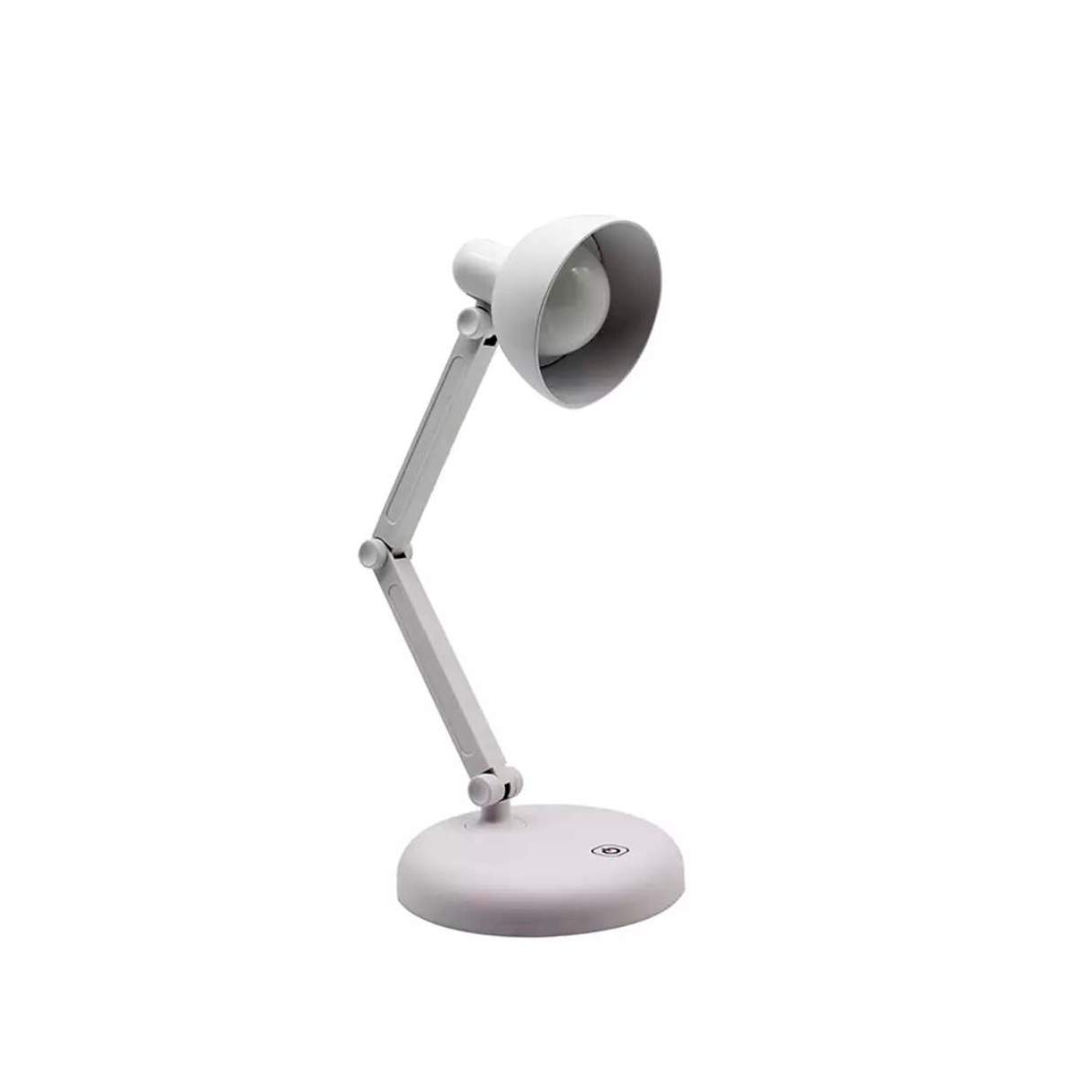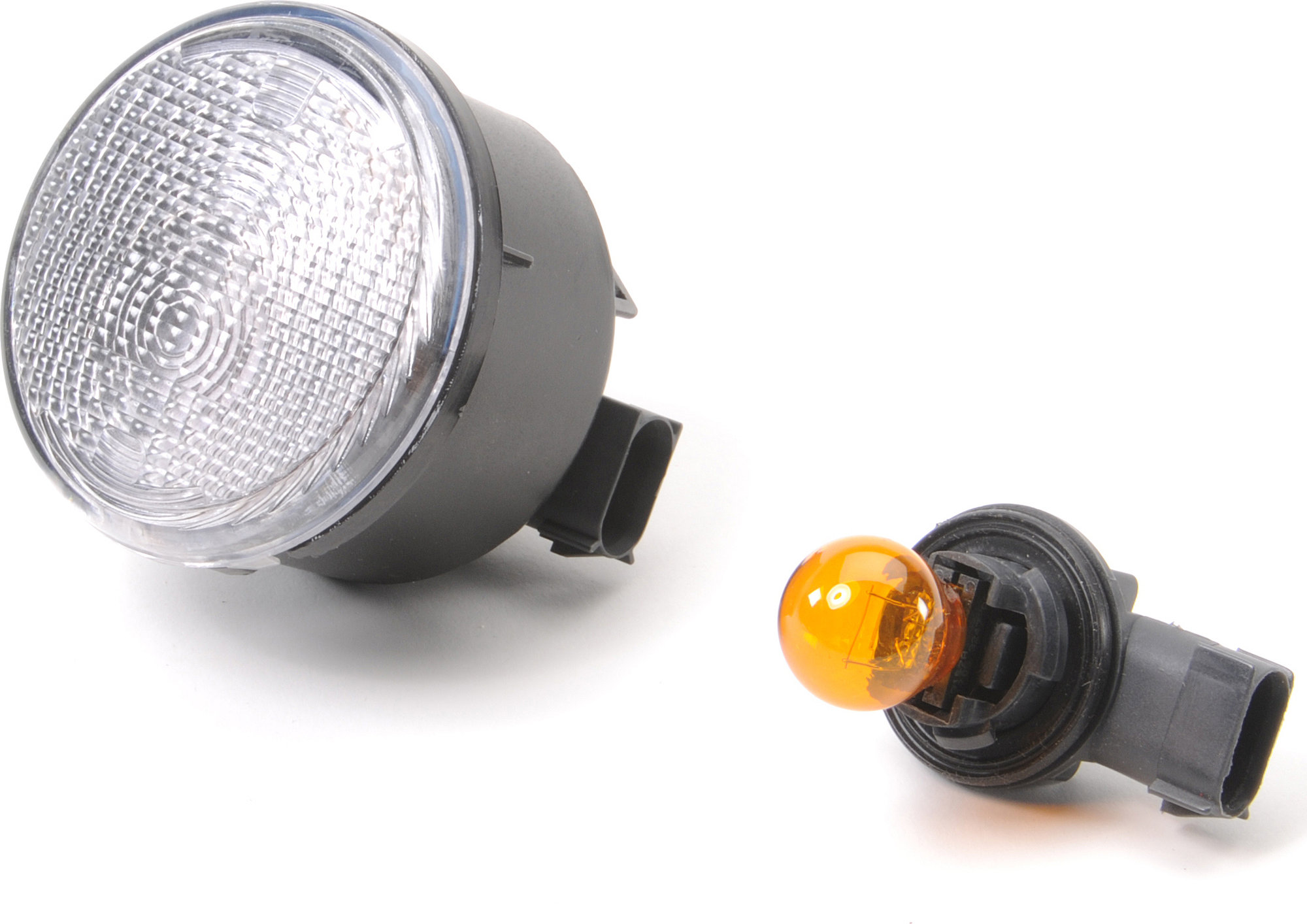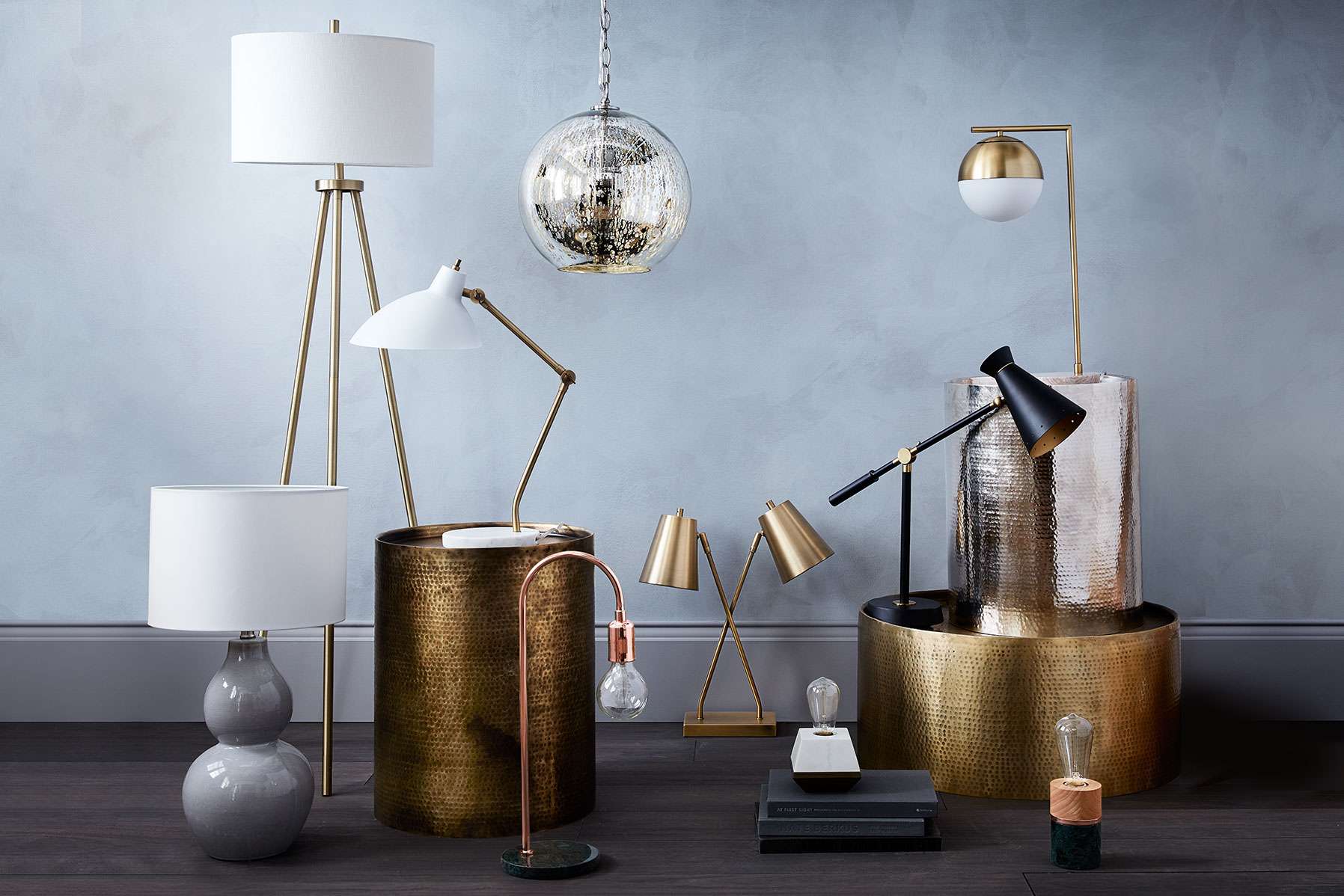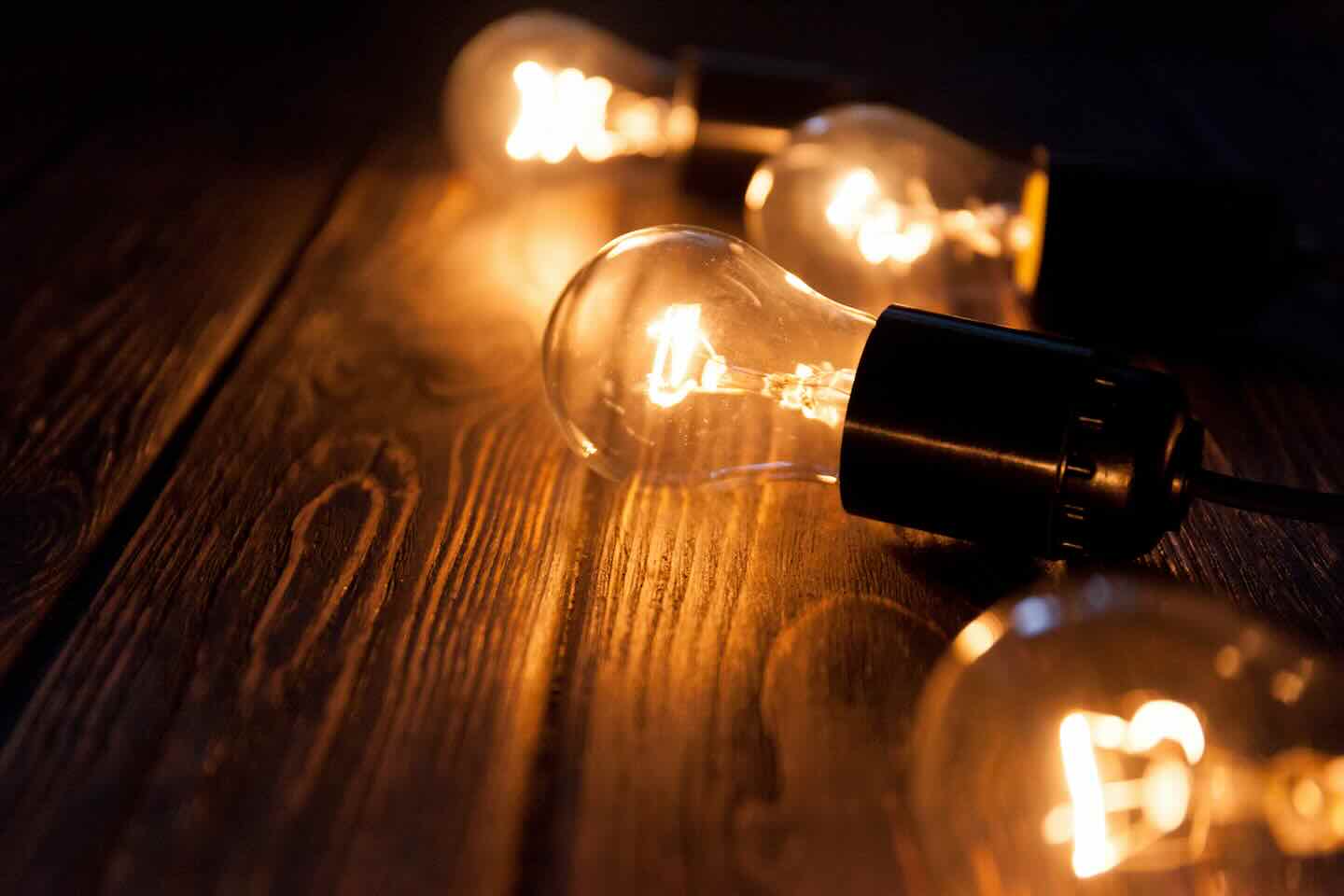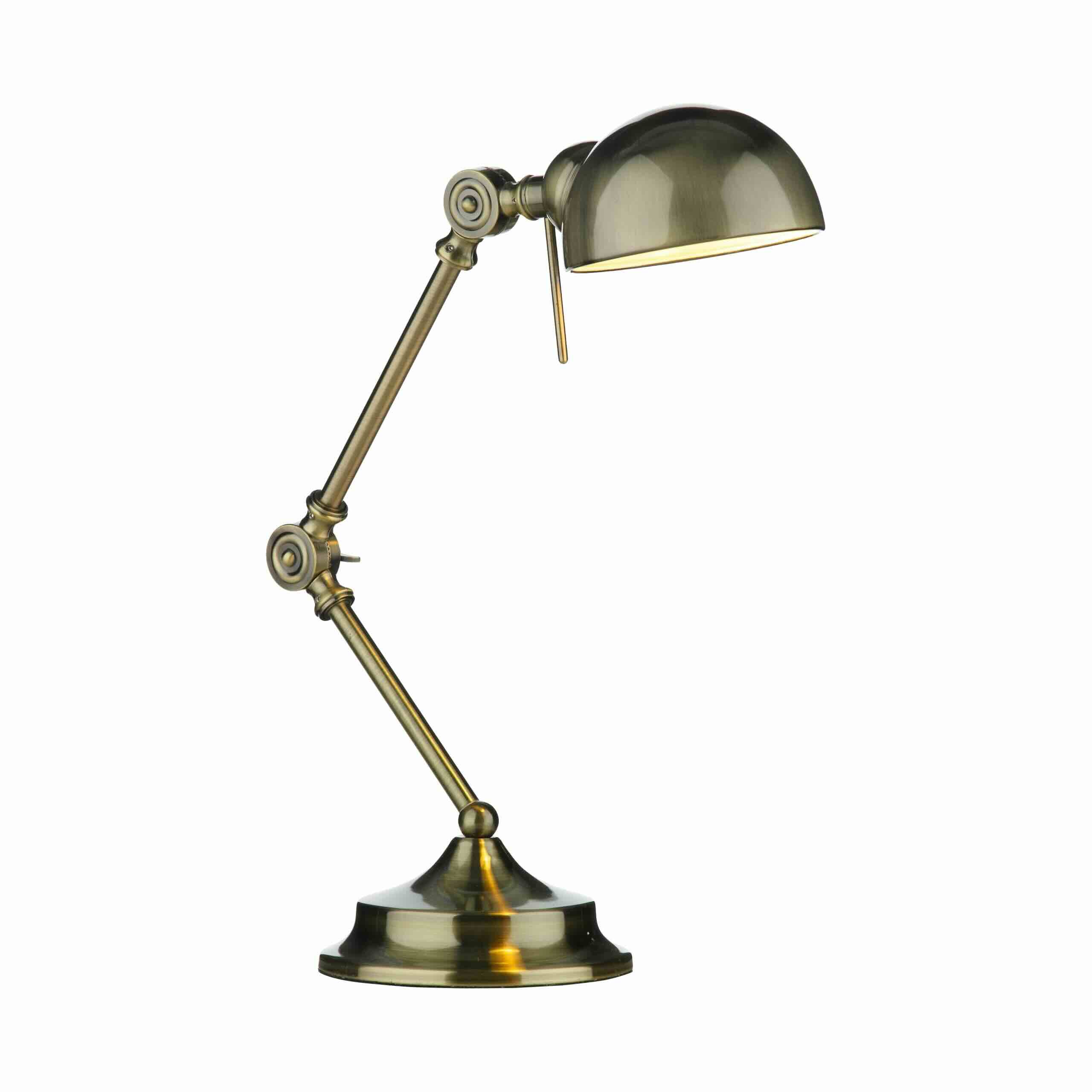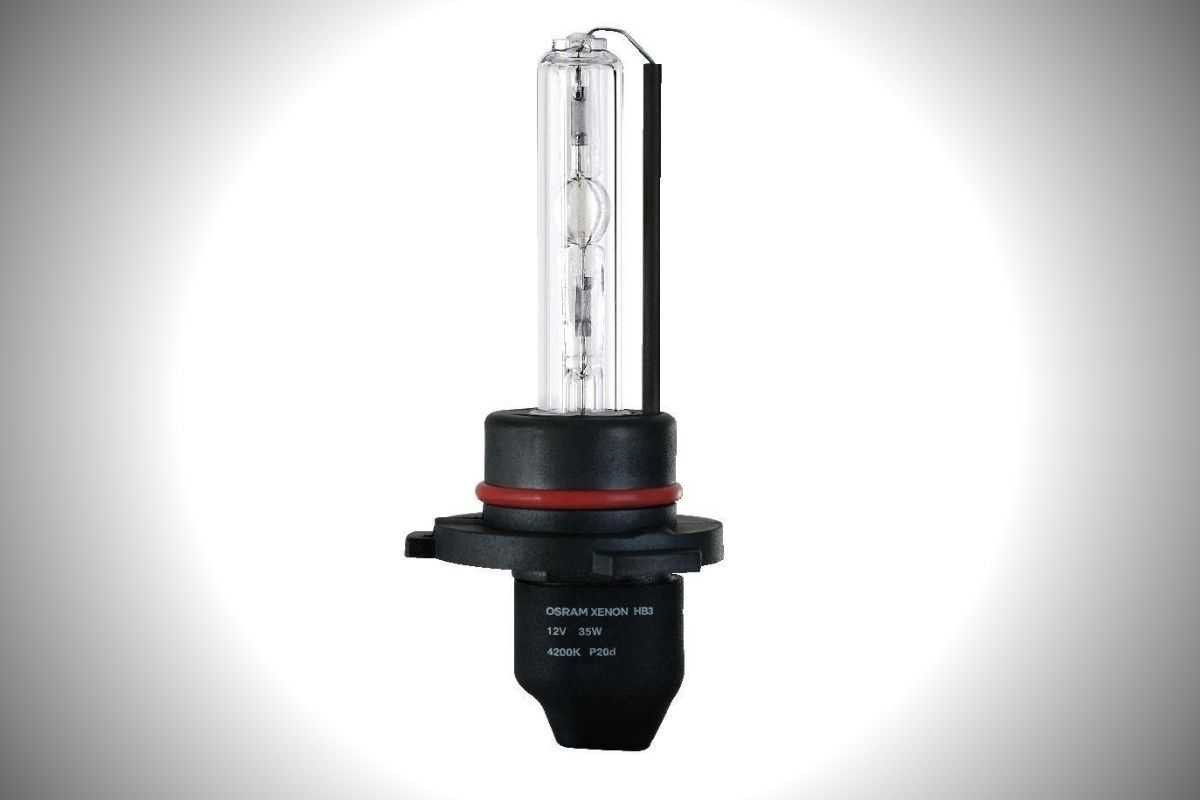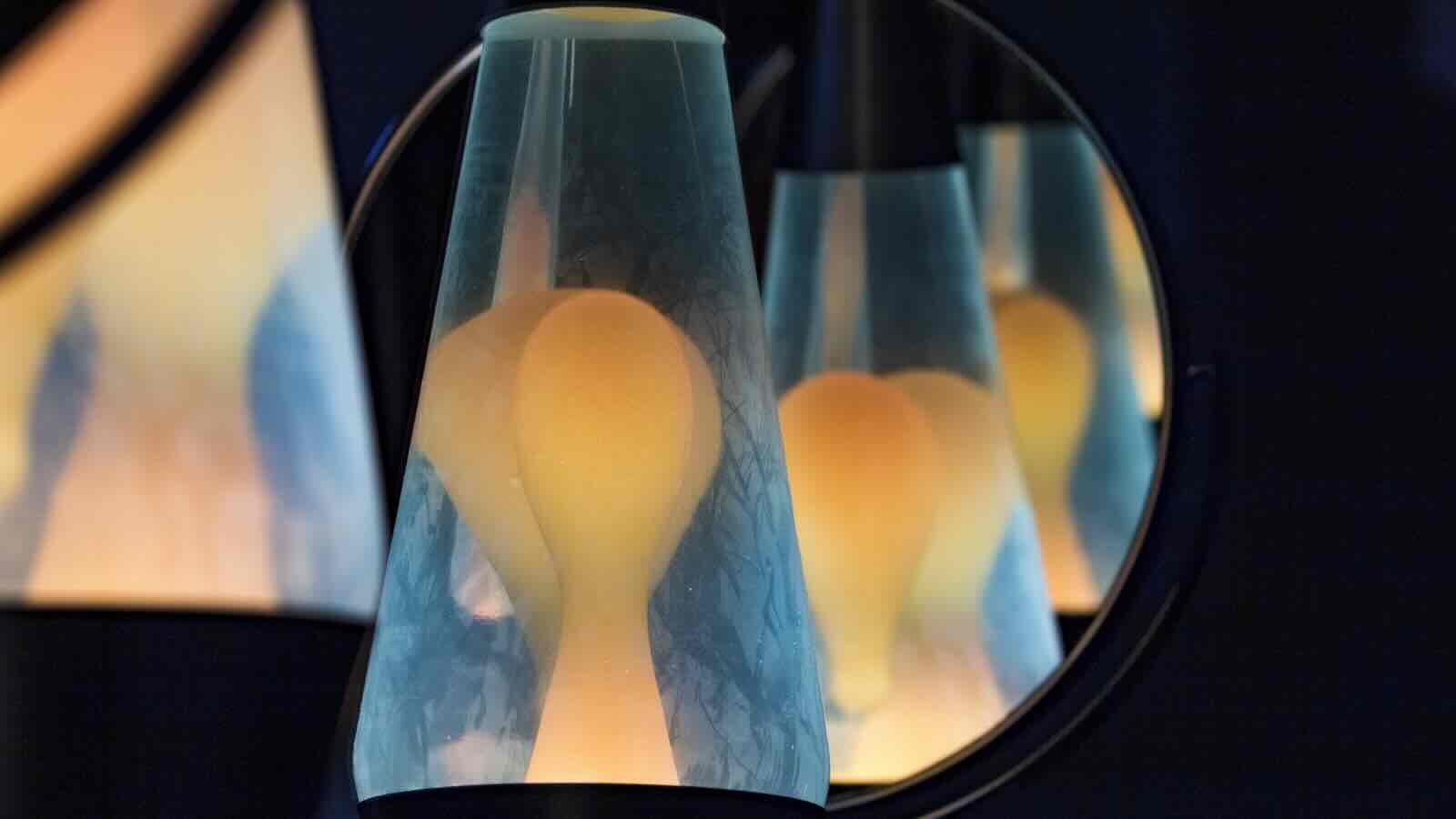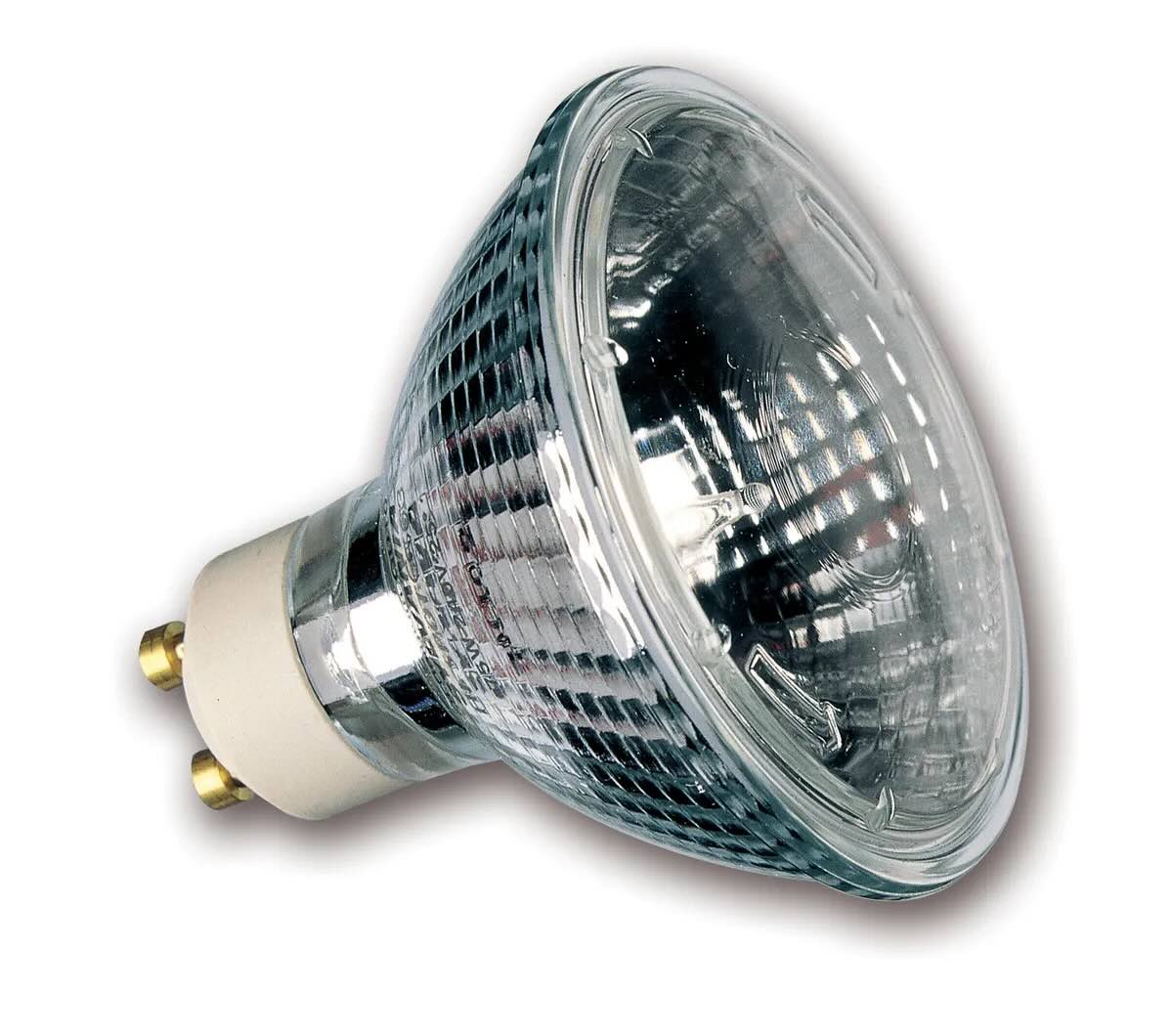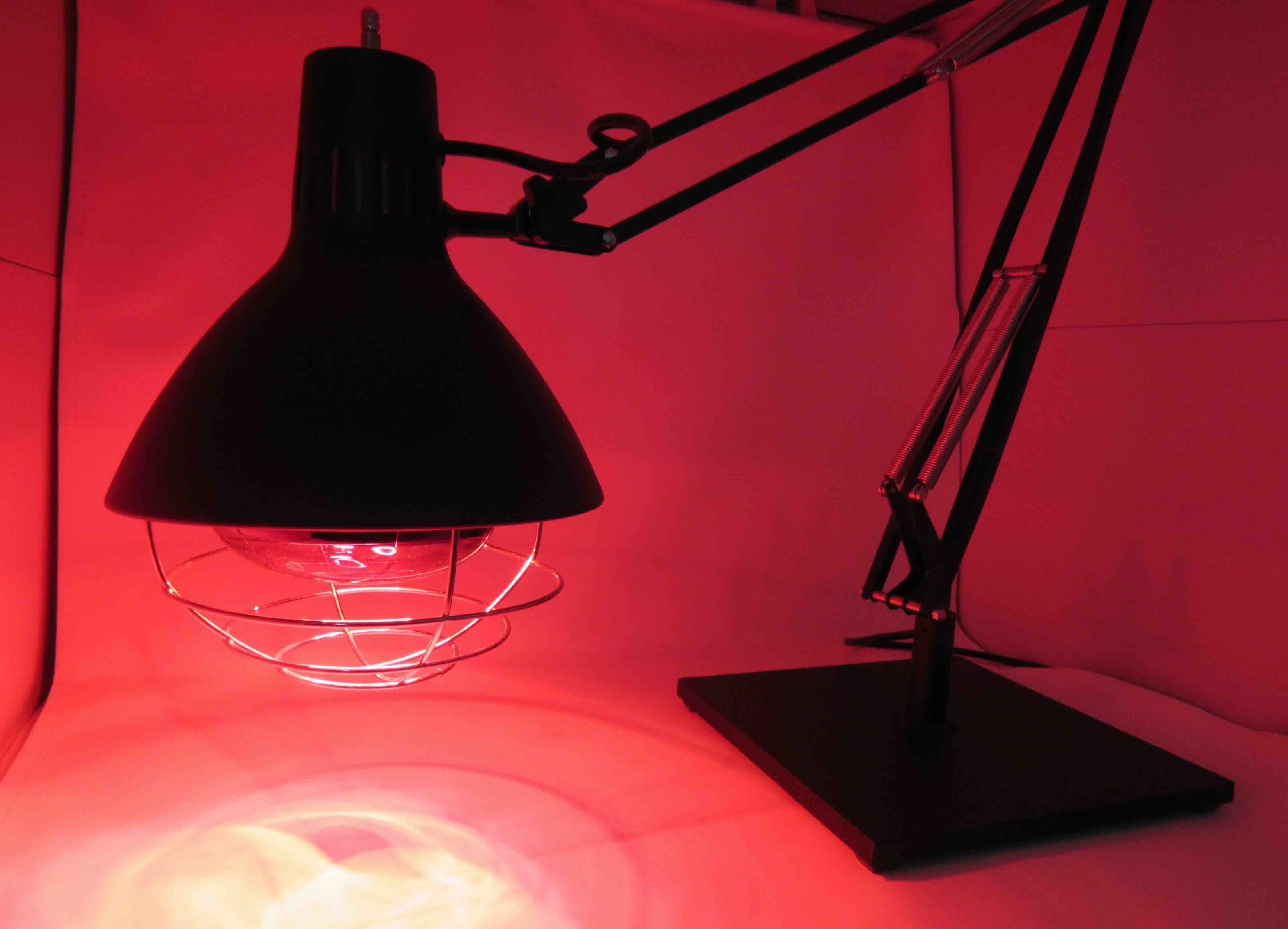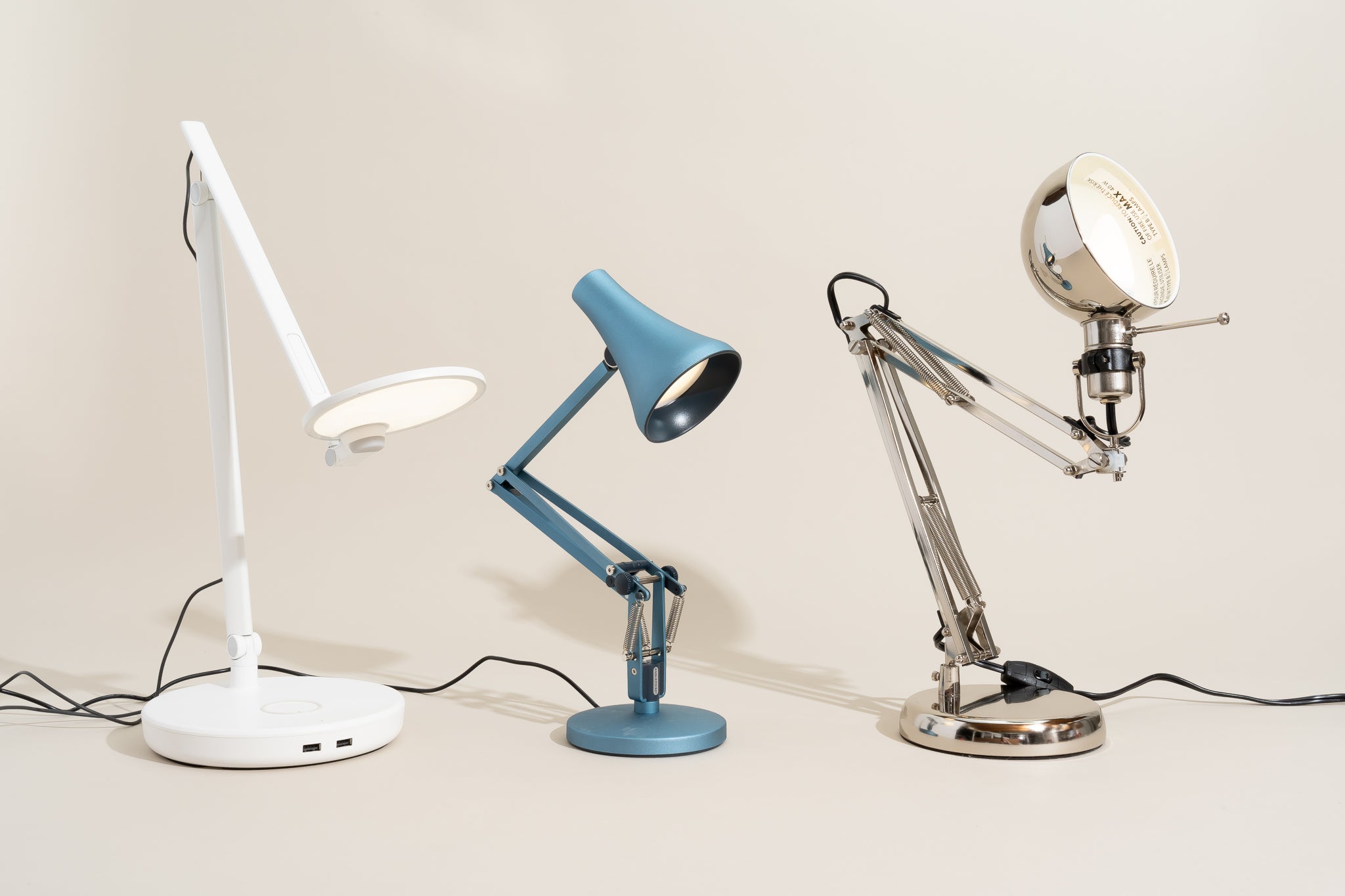

Furniture
What Is A Lamp
Modified: March 1, 2024
Discover the versatility of furniture lamps and how they can transform the ambiance of your space. Enhance your décor with stylish and functional furniture lamps today.
(Many of the links in this article redirect to a specific reviewed product. Your purchase of these products through affiliate links helps to generate commission for Storables.com, at no extra cost. Learn more)
Introduction
Welcome to the illuminating world of lamps! Lamps are not just lighting fixtures; they are versatile pieces of furniture that can enhance the ambiance of any space. Whether you’re looking to add a touch of elegance to your living room, create a cozy reading nook, or brighten up your workspace, lamps play a vital role in both functionality and aesthetics.
From traditional table lamps to modern floor lamps, the options are endless when it comes to choosing the perfect lamp for your needs. In this article, we will delve into the fascinating world of lamps, exploring their definition, history, different types, components, functionality, common uses, and the benefits of using them. So, sit back, relax, and let’s illuminate your knowledge about lamps!
Key Takeaways:
- Lamps are versatile furniture pieces that offer more than just illumination; they enhance mood, provide task-specific lighting, and contribute to the aesthetic appeal of any space.
- Energy-efficient lamps, such as LED and CFL bulbs, not only reduce energy consumption and lower costs but also contribute to environmental sustainability, making them a smart choice for any space.
Read more: What Is A Fairy Lamp
Definition of a Lamp
At its core, a lamp is a functional piece of furniture designed to provide light. It consists of a light source, a base or stand, and often a lampshade to diffuse and direct the light. Lamps can come in various sizes, shapes, and styles, allowing you to find the perfect one to complement your décor.
What sets lamps apart from other lighting fixtures is their versatility. Unlike ceiling lights or wall sconces, lamps are movable and can be placed wherever you desire. They offer direct, localized lighting that can be adjusted based on your needs and preferences.
Additionally, lamps are not limited to a specific type of light source. While incandescent bulbs were once the most common choice, lamps now often feature energy-efficient LED lights or compact fluorescent bulbs. This allows for better energy conservation and longer-lasting illumination.
Overall, the definition of a lamp goes beyond its practical function. It serves as a stylish accessory, a mood enhancer, and a conversation piece in any space.
History of Lamps
The history of lamps dates back thousands of years, with evidence of lamp-like objects being used in ancient civilizations. While early lamps were primarily functional and made of materials such as clay or stone, they gradually evolved to become decorative pieces, reflecting the artistic sensibilities of different cultures.
One of the earliest known lamps is the oil lamp, which originated in ancient Mesopotamia around 3500 BC. These lamps were simple clay vessels filled with oil and had a wick made of twisted fibers that soaked up the oil for lighting. As time went on, oil lamps became more elaborate, with decorative designs and intricate patterns.
In ancient Greece and Rome, lamps took on new forms. Terra cotta oil lamps were adorned with motifs inspired by mythology, and bronze lamps with multiple arms and hanging oil containers became popular. The development of glassblowing techniques also allowed for the creation of delicate glass lamps, further expanding the range of styles and designs.
During the Middle Ages, lamps in Europe were largely made of metal and featured religious symbolism. Candle lamps, with their flickering flame, became a common sight in churches and households. The Renaissance period saw a resurgence of artistic expression in lamps, with ornate metalwork and embellishments becoming prevalent.
With the onset of the Industrial Revolution in the 18th century, lamps underwent a major transformation. The discovery of electricity and the invention of the incandescent bulb by Thomas Edison opened up new possibilities for lighting. Electric lamps, in the form of table lamps and floor lamps, became more accessible, and mass production made them more affordable for a broader range of people.
In the 20th century, modern design movements such as Art Deco and Mid-Century Modern influenced lamp designs. The focus shifted towards sleek, minimalist aesthetics, with materials like chrome and plastic being used extensively.
Today, lamps continue to evolve with advancements in technology. LED lights have become the preferred choice due to their energy efficiency and longevity. Smart lamps, capable of being controlled through mobile devices or voice commands, have also gained popularity.
The history of lamps is a testament to the timeless appeal of these functional and decorative pieces, and their ability to adapt to changing times and design trends.
Different Types of Lamps
Lamps come in a wide variety of types, each with its own unique characteristics and purposes. Let’s explore some of the most common types of lamps:
- Table Lamps: Table lamps are versatile and can be placed on various surfaces such as bedside tables, desks, or living room end tables. They come in different sizes and styles, from classic and traditional to modern and minimalist. Table lamps are perfect for adding focused lighting to specific areas and creating a cozy ambiance.
- Floor Lamps: Floor lamps are freestanding lamps that provide ample lighting for larger areas. They are often used to create indirect or ambient lighting and can serve as statement pieces in a room. Floor lamps can be adjusted in height or direction, making them ideal for reading nooks, living rooms, or home offices.
- Desk Lamps: As the name suggests, desk lamps are specifically designed for use on desks or workspaces. They provide focused, task-oriented lighting to enhance productivity and reduce eye strain. Desk lamps often feature adjustable arms or joints, allowing for better flexibility and positioning.
- Bedside Lamps: Bedside lamps are typically smaller in size and placed on nightstands or bedside tables. They provide soft, ambient lighting for reading or creating a relaxing atmosphere in the bedroom. Many bedside lamps also come equipped with extra features like USB ports or built-in wireless charging pads for added functionality.
- Pendant Lamps: Pendant lamps, also known as hanging lamps or drop lights, are suspended from the ceiling by a cord, chain, or metal rod. They can be used as a primary source of lighting in dining rooms, kitchens, or hallways. Pendant lamps are available in various designs and materials, making them both functional and decorative.
- Wall Sconces: Wall sconces are wall-mounted lamps that provide accent or indirect lighting. They are often used to highlight artwork, architectural features, or to add a touch of elegance to a space. Wall sconces come in a range of styles, from traditional and ornate to sleek and modern.
- Chandeliers: Chandeliers are grand, ornate lighting fixtures that are typically mounted from the ceiling and feature multiple arms or branches. They are commonly found in dining rooms, entryways, or formal living rooms, adding a touch of opulence and luxury to any space. Chandeliers come in a variety of styles and materials, from crystal and glass to metal and fabric.
These are just a few examples of the various types of lamps available. Each type serves a specific purpose and can transform the lighting and ambiance of a room in unique ways.
Components of a Lamp
A lamp may seem like a simple piece of furniture, but it consists of several components that work together to provide illumination. Here are the main components of a typical lamp:
- Base: The base of a lamp is its foundation and provides stability. It can be made from various materials such as metal, wood, ceramic, or glass. The base also serves as a decorative element and can vary in size, shape, and design, depending on the style of the lamp.
- Socket: The socket is the part of the lamp that holds and connects the light source – typically a light bulb or a lampshade. It is usually made of metal or plastic and has a threaded interior to screw in the light bulb securely.
- Switch: The switch is the mechanism that controls the power supply to the lamp. It can be located on the socket, the base of the lamp, or even on the cord. The switch allows you to turn the lamp on and off conveniently.
- Lampshade: The lampshade is the covering that sits atop the socket or the light bulb. It is used to diffuse and direct the light emitted from the bulb, providing a softer and more focused illumination. Lampshades come in various shapes, sizes, and materials, such as fabric, paper, glass, or metal, and can significantly impact the aesthetic appeal of the lamp.
- Harps and Finials: Harps and finials are decorative components that secure and add visual interest to the lampshade. The harp is a metal frame that holds the lampshade in place, while the finial is a decorative ornament that screws onto the top of the harp, adding a finishing touch to the lamp’s overall design.
- Cord and Plug: The cord is responsible for connecting the lamp to an electrical outlet. It is typically covered in an insulating material and can vary in length. The plug at the end of the cord allows for easy connection to a power source, enabling the lamp to be powered on.
- Bulb: The bulb, also known as the light source, is the most important component of a lamp. There are various types of bulbs available, including incandescent, LED, and fluorescent. The bulb emits light when electricity passes through it, providing illumination for the lamp.
These components work together to create a functional and aesthetically pleasing lamp. Careful consideration of each component is essential to ensure that the lamp fits your specific lighting needs and complements your space’s style and décor.
When choosing a lamp, consider the purpose and location. A task lamp is best for reading or working, while an ambient lamp is great for creating a cozy atmosphere. Size and style should also complement the space.
Read more: What Is A Fog Lamp
How Lamps Work
Lamps are remarkable devices that harness the power of electricity to illuminate our surroundings. Understanding how lamps work can deepen our appreciation for their functionality. Here is a simplified explanation of how lamps operate:
1. Circuit Connection: When a lamp is plugged into an electrical outlet, the circuit is completed, allowing electrical current to flow from the power source to the lamp.
2. Socket and Bulb: The electrical current travels through the lamp’s cord and reaches the socket. The socket holds the light bulb securely in place, making contact with the metal base of the bulb.
3. Incandescent Bulb: In the case of an incandescent bulb, the electrical current passes through a thin wire filament inside the bulb, known as the tungsten filament. As the current flows through the filament, it encounters resistance, causing the filament to heat up and emit light.
4. Fluorescent and LED Bulbs: Fluorescent bulbs and LED bulbs work slightly differently. In a fluorescent bulb, the electrical current excites a mixture of gases, causing phosphors to emit light. In an LED bulb, the electrical current stimulates electrons in a semiconductor material, generating light.
5. Light Emission: Regardless of the type of bulb, the energy created by the electrical current is transformed into visible light. The light escapes through the bulb’s exterior and illuminates the surrounding area.
6. Lampshade: The lampshade plays a crucial role in how the light is dispersed. It helps diffuse the light, reducing glare and creating a softer, more atmospheric glow. The shape and material of the lampshade impact the direction and spread of the light.
7. Switch: The lamp’s switch acts as a control mechanism, allowing you to turn the lamp on or off. When the switch is turned on, it completes the electrical circuit, allowing electricity to flow and activating the light bulb. When the switch is turned off, the circuit is interrupted, cutting off the power supply and extinguishing the light.
It’s important to note that some modern lamps may have additional features, such as dimming options or remote control functionality. However, the fundamental principles of how lamps work remain the same.
Understanding the mechanics behind lamps can help us appreciate the ingenuity of these everyday objects that brighten our lives.
Common Uses of Lamps
Lamps serve a multitude of purposes in various settings, thanks to their versatility and ability to provide focused lighting. Here are some common uses of lamps:
- Ambient Lighting: Lamps are often used to create ambient lighting in a room. Placing a lamp in a corner or on a side table can add a warm and inviting glow, making the space feel cozy and comfortable.
- Task Lighting: Lamps are ideal for providing task lighting in specific areas where focused illumination is needed. Whether it’s reading a book in a cozy nook, working at a desk, or performing intricate tasks such as crafting or sewing, a lamp can provide the necessary brightness to enhance visibility and reduce eye strain.
- Decorative Accent: Lamps serve as decorative accents in interior design. They can add visual interest and complement the overall style of a room. From sleek and modern designs to ornate and traditional aesthetics, the right lamp can become a stunning focal point or a subtle addition that ties the room together.
- Nighttime Illumination: Bedside lamps are commonly used for nighttime illumination in bedrooms. They provide a soft and comforting light that allows for reading, relaxation, or easily navigating the room during the night without the need for bright, overhead lights.
- Aesthetics and Mood Enhancement: Lamps can significantly impact the ambiance and mood of a space. By selecting different lampshades, bulb colors, or using smart bulbs with adjustable brightness and color options, you can create a specific atmosphere to suit your preferences. For example, warm-toned light bulbs can create a cozy and intimate ambiance, while cool-toned bulbs can create a more invigorating and energizing feel.
- Highlighting Artwork and Décor: Lamps can be used to showcase artwork, decorative pieces, or architectural features. Placing a lamp strategically near a painting, sculpture, or a unique piece of furniture can draw attention to it, adding depth and visual interest to the overall design of the room.
- Outdoor Illumination: Lamps can extend beyond indoor spaces. Outdoor lamps, such as garden lamps and pathway lighting, provide both practical and decorative lighting for outdoor areas. They can enhance safety, highlight landscaping features, and create a cozy ambiance for outdoor gatherings or relaxation.
These are just a few examples of the common uses of lamps. Their versatility allows them to adapt to various environments and fulfill various lighting needs. With the right placement and design choices, lamps can transform the atmosphere and functionality of any space.
Benefits of Using Lamps
Lamps offer numerous benefits that go beyond simply providing illumination. Whether you’re looking to enhance the ambiance of a room, improve productivity, or save energy, here are some key benefits of using lamps:
- Aesthetic Appeal: Lamps are functional pieces of furniture that can also serve as decorative elements. With various designs, styles, and materials to choose from, lamps can elevate the visual appeal of any space and add a touch of personality. They can complement the existing décor, provide a focal point, or serve as an artistic statement.
- Enhanced Mood and Atmosphere: Lamps have the power to create different moods and atmospheres based on the type of lighting they emit. Warm-toned light can create a cozy and intimate ambiance, while cool-toned light can energize and invigorate. By customizing the lighting in a room, lamps can set the desired mood for social gatherings, relaxation, or focused work.
- Flexibility and Mobility: Unlike ceiling lights or wall-mounted fixtures, lamps offer flexibility and mobility. They can be easily moved and placed wherever needed, allowing you to adjust the lighting in different areas of a room. This flexibility enables you to create different lighting configurations and adapt to changing needs or preferences.
- Task-Specific Lighting: Lamps provide focused lighting for specific tasks, making them ideal for reading, working, or engaging in hobbies that require clear visibility. By illuminating a targeted area, lamps reduce eye strain and improve concentration, leading to increased productivity and overall comfort during task-oriented activities.
- Energy Efficiency: Many modern lamps are designed to be energy-efficient. LED bulbs, for example, consume significantly less energy than traditional incandescent bulbs, resulting in lower electricity bills and reduced environmental impact. By using energy-efficient lamps, you can save energy while still enjoying ample illumination.
- Cost-Effective Options: Lamps come in a wide range of prices, making them accessible to various budget levels. From affordable options to high-end designer pieces, there are lamps available to suit every price point. This means that you can find a lamp that meets your lighting needs and style preferences without breaking the bank.
- Convenience and Control: Lamps often come equipped with convenient features such as built-in switches, dimmable settings, or even smart capabilities. With these features, you can easily adjust the brightness or color of the light to suit your needs and preferences, all at the touch of a button or the sound of your voice.
From creating a delightful ambiance to improving productivity and saving energy, the benefits of using lamps extend far beyond their practical functionality. Investing in the right lamps can enhance the aesthetics and functionality of your space, providing you with both style and illumination.
Energy-Efficient Lamps
In today’s world, energy efficiency is a crucial consideration in all aspects of our lives, including lighting. Energy-efficient lamps are designed to provide high-quality illumination while minimizing energy consumption. These lamps offer numerous benefits, as outlined below:
- Reduced Energy Consumption: Energy-efficient lamps, such as LED (Light Emitting Diode) and CFL (Compact Fluorescent Lamp) bulbs, consume significantly less energy compared to traditional incandescent bulbs. LED bulbs, for instance, are known for their exceptional energy efficiency and can use up to 75% less energy than incandescent bulbs. This reduced energy consumption translates to lower electricity bills and less strain on the environment.
- Long Lifespan: Energy-efficient lamps have longer lifespans than traditional bulbs. LED bulbs, in particular, can last up to 25 times longer than incandescent bulbs. This extended lifespan means less frequent bulb replacements, resulting in cost savings and fewer resources consumed over time.
- Lower Heat Emission: Energy-efficient lamps generate less heat compared to incandescent bulbs. Traditional incandescent bulbs use most of the energy they consume to generate heat rather than light. In contrast, LED and CFL bulbs are much more efficient in converting energy into light, resulting in less wasted energy in the form of heat. This lower heat emission can contribute to a cooler and more comfortable indoor environment.
- Versatile Design Options: Energy-efficient lamps are available in a wide range of designs, shapes, and colors. Whether you prefer sleek and modern styles or traditional and decorative ones, there are energy-efficient lamps to suit any aesthetic preference. This versatility allows you to maintain a stylish and energy-efficient lighting scheme in your home or workspace.
- Environmental Sustainability: By opting for energy-efficient lamps, you contribute to environmental sustainability efforts. The reduced energy consumption and longer lifespan of these lamps translate into lower greenhouse gas emissions, reduced reliance on fossil fuels, and a smaller carbon footprint. Making sustainable choices, such as using energy-efficient lighting, helps preserve natural resources and promotes a cleaner, greener future.
- Compatibility with Smart Lighting: Energy-efficient lamps are often compatible with smart lighting systems, allowing you to control and customize your lighting through smartphone apps or voice commands. This integration provides convenience, flexibility, and the ability to further optimize your energy usage by adjusting brightness levels, scheduling lighting routines, and incorporating automation features.
Energy-efficient lamps not only help save energy and reduce costs but also contribute to a more sustainable and eco-friendly lifestyle. By choosing these lamps, you can make a positive impact on the environment while enjoying high-quality lighting in your space.
Read more: What Is A Slit Lamp
Conclusion
Lamps are more than just lighting fixtures; they are versatile furniture pieces that illuminate our lives with functionality and style. Whether on a bedside table, desk, or living room corner, lamps have the power to enhance the ambiance of any space, creating a warm and inviting atmosphere.
Throughout history, lamps have evolved from simple oil vessels to technologically advanced lighting solutions. Their design, materials, and functionalities have evolved alongside changing trends and advancements in lighting technology. From ancient oil lamps to modern LED wonders, lamps have remained an essential element of interior design and daily life.
Understanding the different types of lamps, their components, and how they work can help us make informed decisions when choosing the perfect lamp for our spaces. Table lamps, floor lamps, desk lamps, and pendant lamps each have their own unique characteristics and purposes, catering to a wide range of lighting needs.
Aesthetically pleasing and functional, lamps offer a multitude of benefits beyond lighting up a room. They enhance mood, provide task-specific illumination, and give us control over the atmosphere we desire. Energy-efficient lamps, such as LED and CFL bulbs, not only reduce energy consumption and lower costs but also contribute to environmental sustainability.
So, whether you’re searching for a cozy reading nook, a well-lit workspace, or a captivating focal point, lamps are here to provide the lighting solution you need. With their versatility, mobility, and energy efficiency, lamps are an essential tool for creating an inviting and aesthetically pleasing environment.
Illuminate your space and let your personal style shine through with the perfect lamp. From practical functionality to artistic expression, lamps are the key to transforming a room into a well-lit haven for relaxation, productivity, and visual delight.
Frequently Asked Questions about What Is A Lamp
Was this page helpful?
At Storables.com, we guarantee accurate and reliable information. Our content, validated by Expert Board Contributors, is crafted following stringent Editorial Policies. We're committed to providing you with well-researched, expert-backed insights for all your informational needs.
